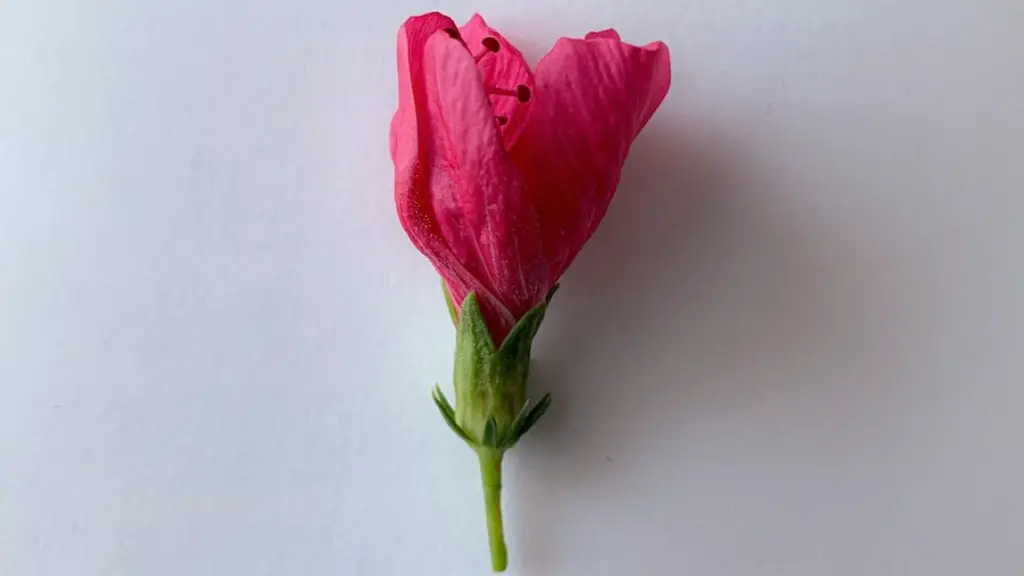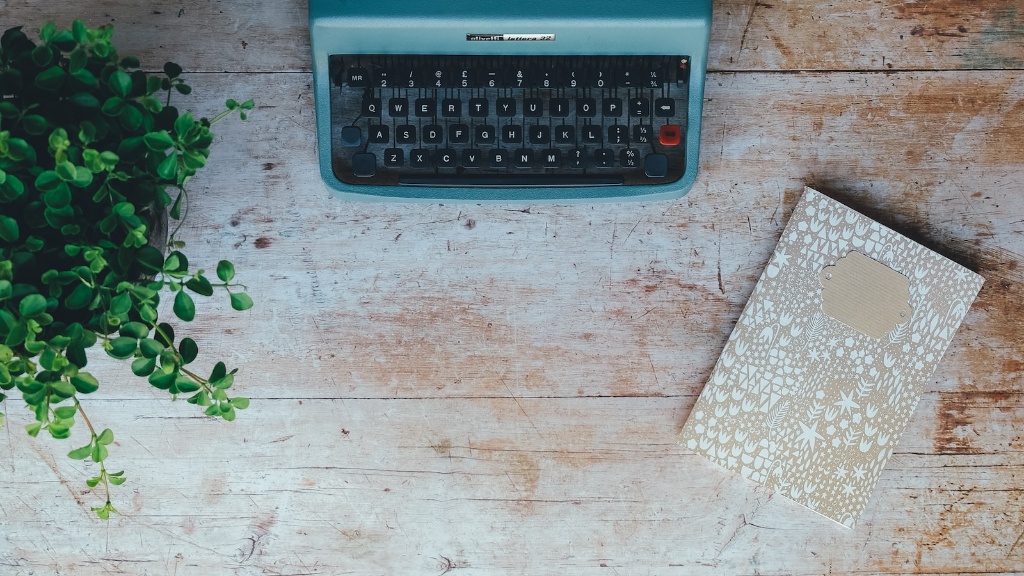Defining Form in Poetry
Form in poetry refers to the physical characteristics used to give structure and organization to identifiable parts of a poetic composition. It is also used to create a sense of order for the reader and to bring a sense of balance to the physical aesthetics of the poem. The structure of a poem can include the number of stanzas, the metre of the verse, the number of syllables, the type of rhyme scheme and other poetic devices. Each of these elements of form contributes to the tone or atmosphere of the poem and can influence the way that we interpret and analyse the message.
Form in poetry is something that is unique to the art form itself and is different from other types of writing. In traditional forms of poetry, the form is predetermined and reflects the communal culture of a region. For example, Japanese haiku poems, with their three-line stanzas, are quite different from English sonnets, which typically contain fourteen lines.
Identifying Form in Poetry
The first step to identifying form in poetry is to look for patterns. The most obvious pattern to look for is a particular type of rhyme scheme or number of lines in a stanza. Other elements such as the metre of the verse, the type of language used, the internal and external rhyme, the use of alliteration and other devices can also be identified. Once the type of form has been identified, then the central message or theme of the poem can be analysed.
The metre of the verse should also be considered when analysing a poem’s form. The metre of a line is the number of stressed and unstressed syllables, or feet, contained in the line. Different types of metre, such as trochaic, dactylic and anapestic, can be identified by counting the number of syllables contained in the line. This allows for a deeper analysis of the poem, as the metre of the verse can often be used to convey the mood of the poem, or to create a narrative tension.
Analyzing Poetic Form
Once the form of a poem has been identified, the next step is to analyse the poem in order to draw out the central message or theme of the poem. This can be done by focusing on the language of the poem, the structure, and the imagery used. Ask yourself questions such as “What is the poem about?”, “What is the poet trying to convey?”, and “What is the deeper meaning that the poem conveys?”
In order to answer these questions, it is important to note the different types of language that the poet has used, and to consider the context in which the poem was created. For example, a poet may use a particular type of language in order to convey a specific emotion or mood, and this should be noted in order to gain a deeper understanding of the poem.
It can also be beneficial to look for recurring images or symbols throughout the poem. By focusing on these images and symbols, you can gain a better understanding of the poem’s message and its meaning.
Exploring Examples of Poetic Forms
In order to gain a better understanding of the different forms of poetry, it is useful to explore a variety of poetic forms. The different styles of poetry include the ballad, the sonnet, the ode, the elegy, and the epic. These forms of poetry can help to illustrate how different forms can be used to convey different messages and tones.
For example, a ballad is a type of narrative poem that is typically composed in a short, simple form and typically used to tell stories. Ballads often use repetition of lines and images to emphasise the narrative of the poem.
Sonnets, on the other hand, are composed in a strict form, typically with fourteen lines. They are often used to express emotions or reflect upon a particular subject or situation.
Appreciation for Form
As a form of appreciation for poetic form, readers should focus on the elements of a poem that contribute to the structure in order to gain a deeper understanding of the poem’s meaning. This means looking beyond the surface level of a poem and examining the craftsmanship that went into creating the poem. Pay attention to the different structures, language and imagery used, and try to understand why the poet has chosen to use these elements in a particular way.
This appreciation for the form of poetry can be an invaluable tool when trying to gain an understanding of a poem and its deeper meaning. By focusing on the structure and craftsmanship, a reader can gain a real appreciation for the form of poetry, and this can lead to a richer appreciation and understanding of the poem itself.
Exploring Forms Through Writing
Another way to appreciate and understand poetic form is by trying to write in various poetic forms. This can help to develop an appreciation for the craft and technique that goes into writing a poem. By experimenting with different styles, readers can gain an understanding of how different types of form can be used to convey different messages and themes.
Writing in different forms can also help to develop the skill of being able to analyse a poem and identify different types of structure and language. By practising this analysis in one’s own writing, readers are given an invaluable opportunity to develop and hone their own understanding of poetry and poetic form.
The Influence of Context on Form
It is also important to remember that the context in which the poem was written can often have a significant influence on the form of the poem. Factors such as the cultural and historic context of a poem can often have an impact on the form of the poem. For example, a poem written during the great depression might contain a very different type of language and imagery than a poem written during the civil rights movement.
It is also important to pay attention to the author’s own experience when examining the form of a poem. The author’s own feelings and opinions can often be easily discerned in the structure and language they have chosen to use. This is especially true when the author has written in the form of a personal reflection or a confessional poem.
Exploring Different Types of Meter
When looking at form in poetry, it is also important to consider the meter of the poem. Meter is the pattern of stressed and unstressed syllables in a line of poetry. Different types of meter can be used to emphasise rhythm, create tension or convey a particular emotion or feeling. It is important to note the pattern of meter used in a poem and to think about how it conveys the feeling or message of the poem.
The most common types of poetic meter are iambic, dactylic and trochaic. Iambic meter is a style of meter that consists of two syllables, with the first syllable being unstressed and the second being stressed. Dactylic meter is characterized by three syllables, with the first syllable being stressed and the other two being unstressed. Trochaic meter consists of two syllables, with the first being stressed and the second being unstressed.
Analyzing Form in Poetry
When analyzing form in poetry, it is important to take a holistic approach and to consider the poem as a whole. Consider not only the structure and language used, but also the context in which the poem was written and the meter of the poem. Analyzing a poem’s form can help a reader to gain a deeper understanding of the poem and the message it conveys. It can also help to provide an appreciation for the craftsmanship and technique that the poet has put into the poem.


